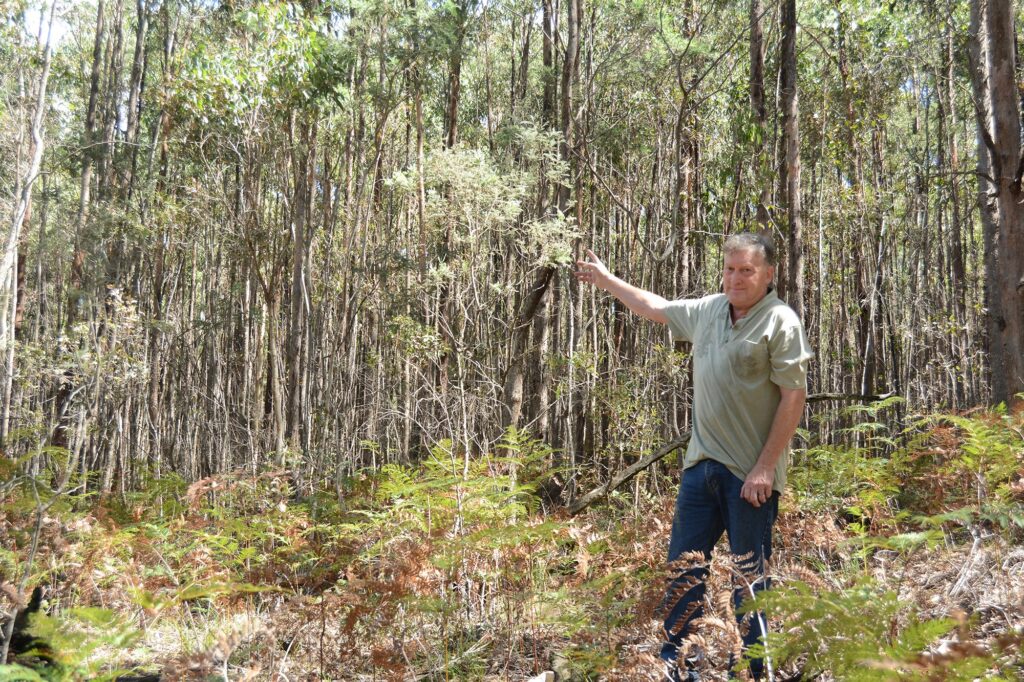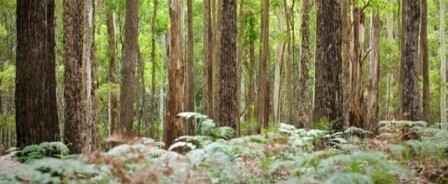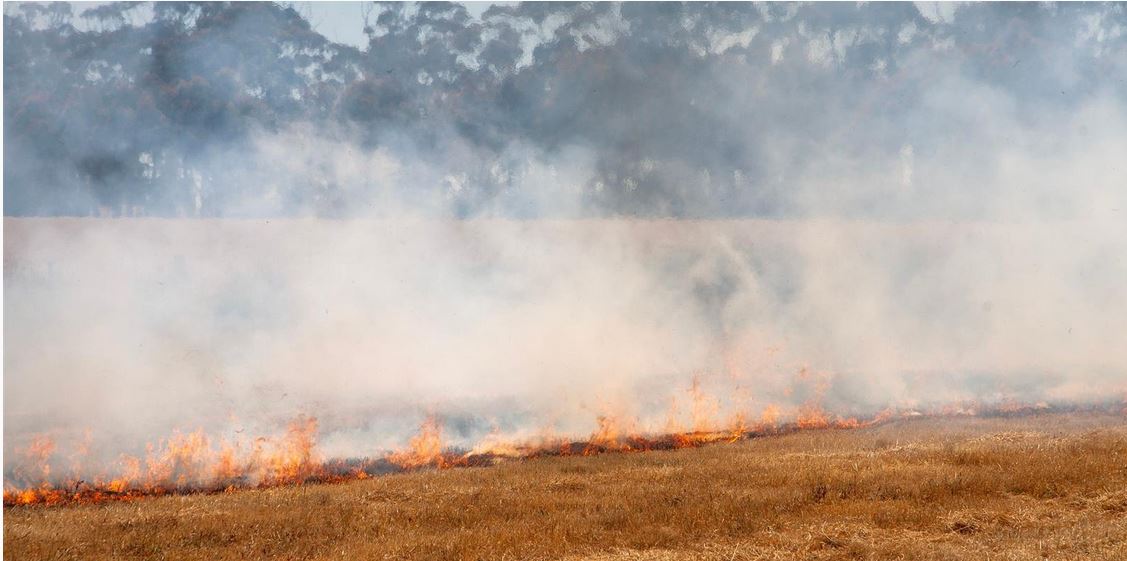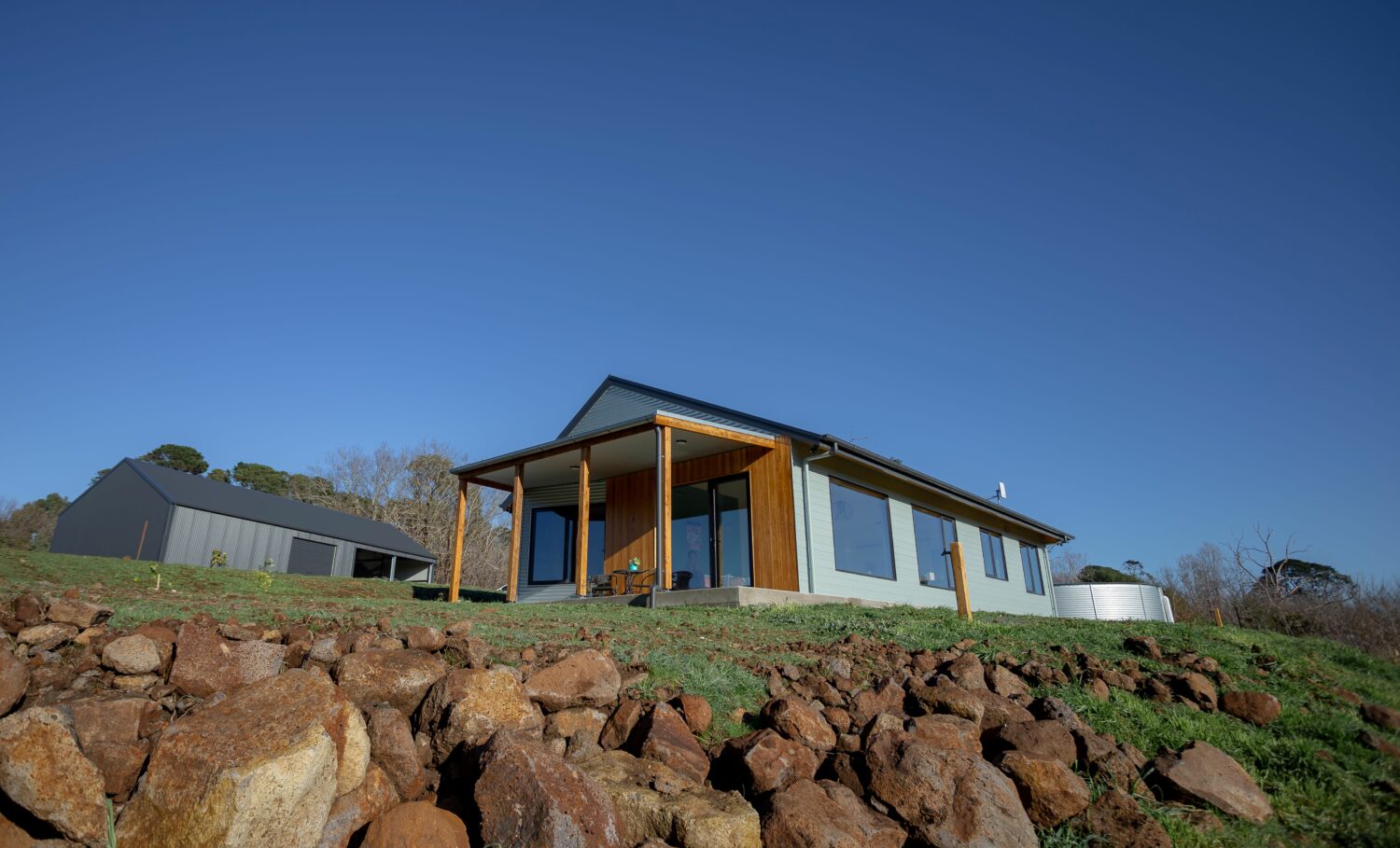February 27th, 2021New category mooted for Wombat Forest
It was carried out by the Victorian Environmental Assessment Council (VEAC) and recommended among other things, that almost the entire area of the Wombat State Forest be made into a national park. The final report was lodged with the Environment Minister Lily D’Ambrosio in June 2019.
Since then, silence. The COVID-19 crisis and its multi-billion dollar hit on the economy and the state’s coffers could be one reason. Another might be the complex horse trading that goes on behind the scenes when any commissioned report involving the input of a range of communities, industries and special interest groups are vying for the ear of the government as to how, when, why, if, what, and where its final recommendations are to be implemented.

For some people the inertia is cause for alarm, for others such as Tim Anderson it is encouraging. Because he believes the entire VEAC investigation is fundamentally flawed; both in its science and the makeup and balance of the committee who steered it.
Tim has been working on forest-related matters at regional, state and national levels for 30 years. His work along with his wife Loris Duclos was the basis for the Our Forests Our Future initiative under the Bracks’ government and has just completed four years working on the Australian FSC (Forest Stewardship Council) Forest Standard in conjunction with the industry, indigenous representatives and national environment groups.
With his experience he is able to speak for those many locals who oppose a national park and want to see the forest managed and protected by other means.

“Turning the whole area into a national park, at a time when 80 per cent of it has had some of the most intensive logging in Australia and needs to be thinned back, is a recipe for killing the Wombat Forest and all of the species in it. One fire, one disease or lower rainfall and we’ve lost the wombat. The greater glider and the powerful owl can’t live in a desert or a low elevation forest. It doesn’t work.”

Tim’s opinion reflects a fundamental distrust of the concept of big national parks, common in adjoining communities. Many local submissions to the final VEAC report expressed concerns that, despite reassurances from the Central West investigation authors, the gates to the Wombat would be locked, access restricted and the bulk of the forest left unmanaged.
“A vast national park will do absolutely nothing for the biodiversity that is already existing in it,” says Tim. “The region is already protected by a range of conservation overlays and is managed perfectly well by DELWP (Department of Environment, Land, Water and Planning). Simple legislation would restrict activities such as mining and intensive logging. Victoria could easily achieve its commitments to biodiversity not by simply imposing a national park on the community, but by restoring large areas that have been over-logged in the past.”
He suggests instead, as outlined in a letter he sent to the Environment Minister in 2019, that the government should investigate creating a whole new category for the Wombat Forest known as the Wombat Climate Forest. Tim stresses that now is the time for a new public land category that reflects positive climate change action and marking the forest as an important bio-refuge.
This should include thinning the regrowth and thus allowing the forest to store more carbon and potentially attract significant revenue in terms of carbon credits (big trees hold more carbon longer then thousands of saplings in overcrowded thickets and therefore are more valuable).
A restored forest under the proposed category would also serve as a refuge for biodiversity, especially endangered species, while allowing and regulating a range of suitable recreational and tourism based activities that national parks currently prohibit.
Above, Tim Anderson next to a thicket of unmanaged regrowth forest
Words & image: Tony Sawrey









